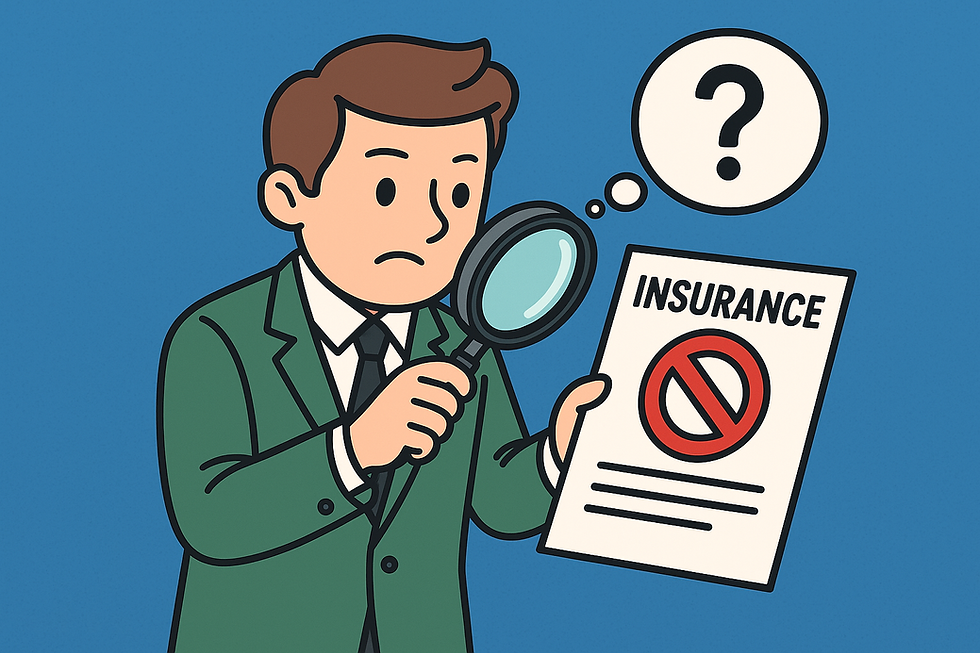When Will Your Finance Amount Be Less Than Your Vehicle’s Value?
- businesssolutionsn2
- Sep 16
- 2 min read
Understanding when your car becomes a real asset (instead of a financial liability)

Here’s the big question every vehicle owner on finance should ask:
At what point does the amount I owe the bank drop below what my car is worth?
The answer isn’t the same for everyone. It depends entirely on how your vehicle was financed: your deposit (if any), your repayment term, and whether there’s a residual (balloon) payment involved.
This blog explains the typical timelines and factors that affect when your Finance Settlement Amount finally becomes less than the Retail Value of your car.
Why It Matters
If your car is written off or stolen before reaching this break-even point, your insurer will only pay its Retail Value—not what you still owe the bank. That shortfall is your responsibility.
This is where Credit Shortfall Insurance becomes critical.
Scenarios and Timelines:
Let’s look at a few common South African finance arrangements to understand how long it might take before the Settlement Amount drops below the Retail Value:
Scenario 1: 10% Deposit | 54 Months Term | No Residual
Break-even point: Around 12–18 months
A deposit helps reduce your initial loan amount.
Over time, as repayments reduce the settlement figure, the gap closes.
You’ll hit the breakeven point relatively quickly.
Scenario 2: No Deposit | 60 Months Term | No Residual
Break-even point: Around 18–24 months
No deposit means you start off owing more than the car’s value.
You’ll be in a shortfall position longer, since the finance amount is higher from the outset.
Scenario 3: 0% Deposit | 60 Months Term | 40% Residual Value
Break-even point: Only after 36–42 months
A balloon payment delays the break-even point significantly.
This structure may keep monthly repayments low—but your finance balance stays high for much longer.
So, what’s the bottom line?
The more interest-heavy your deal (longer term, no deposit, high balloon), the longer you stay “underwater”—meaning you owe more than your car is worth. The faster you reduce your settlement amount (by paying a deposit or avoiding a residual), the sooner you’ll cross that breakeven point.
The Rule of Thumb
The longer the finance term + the higher the balloon = the greater your Credit Shortfall risk
What Can You Do?
Check your current settlement amount with your finance provider.
Find out your car’s Retail Value via your insurance or vehicle valuation tools.
Work out the difference—are you still in the red?
If yes, you are in the high-risk zone for credit shortfall exposure.
Final Thought:
You don’t want to be caught out if your vehicle is written off or stolen before reaching that break-even point. Protect yourself with Credit Shortfall Insurance—it could save you from paying off a car you no longer have.




Comments